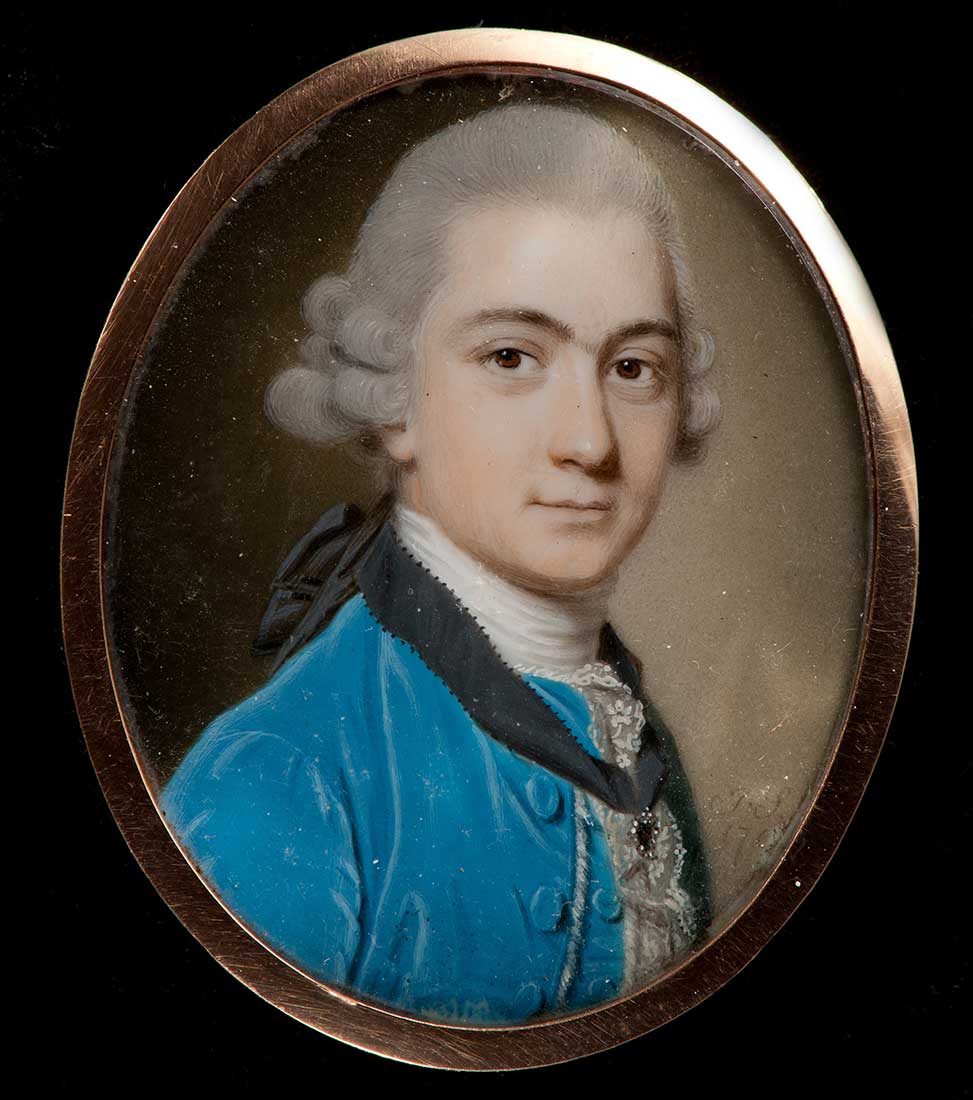STARTS
2011-01-26 00:00:00
Ends
2011-07-17 23:59:59
Location
Portrait Miniatures by John Smart
Promoting the Artist: Portrait Miniatures by John Smart
Before the advent of photography, portrait miniatures were highly fashionable and sought- after objects.
Portraits were commonly exchanged between loved ones. Those who wanted to commission a portrait would seek out a well-known miniaturist, such as John Smart.
A native of England, Smart proved to be one of the most skilled and prolific portrait miniaturists of the late-18th and early-19th centuries. His work is characterized by balanced colors and compositions, and realistic, detailed renderings of the sitter’s features and clothing.
To begin a commission, Smart would sketch using graphite and watercolor – the installation includes three preparatory sketches from the late 18th century. Smart used watercolor either on paper or on a thin layer of prepared animal skin, called vellum, to produce the final portrait. Once the miniature was completed, it was mounted or framed—sometimes with precious materials such as copper, gold or gilded metal— as pins or lockets.
Although the primary intent of the miniature was to capture the face and demeanor of the sitter, it also helped to promote Smart’s work to other potential clients.
In 1785, Smart was so well-known internationally that he traveled to Madras, India, where personnel of the East India Company, government officials and prosperous Indians commissioned miniatures. The portraits Smart produced in Madras are considered his most impressive.
